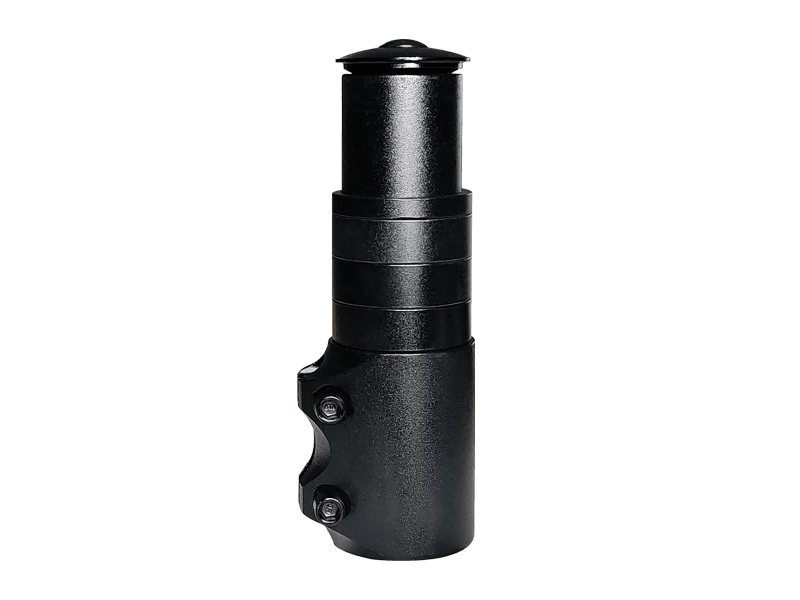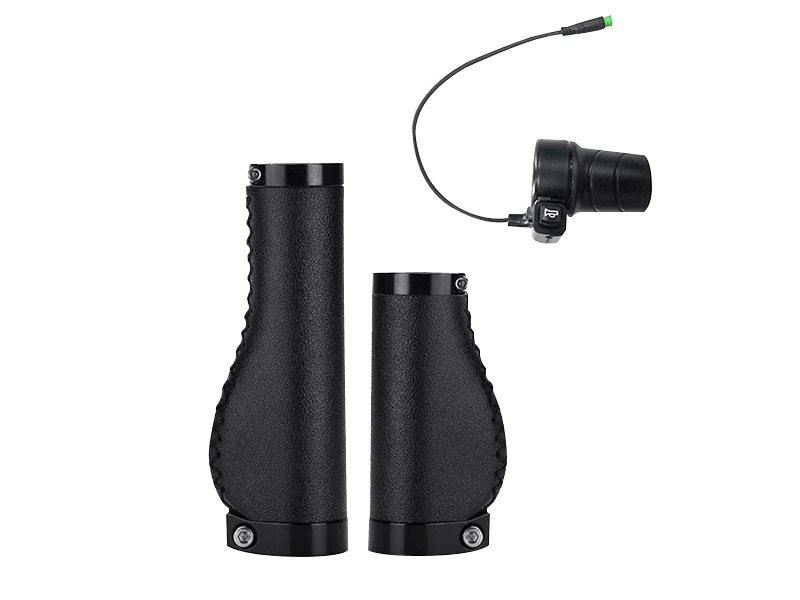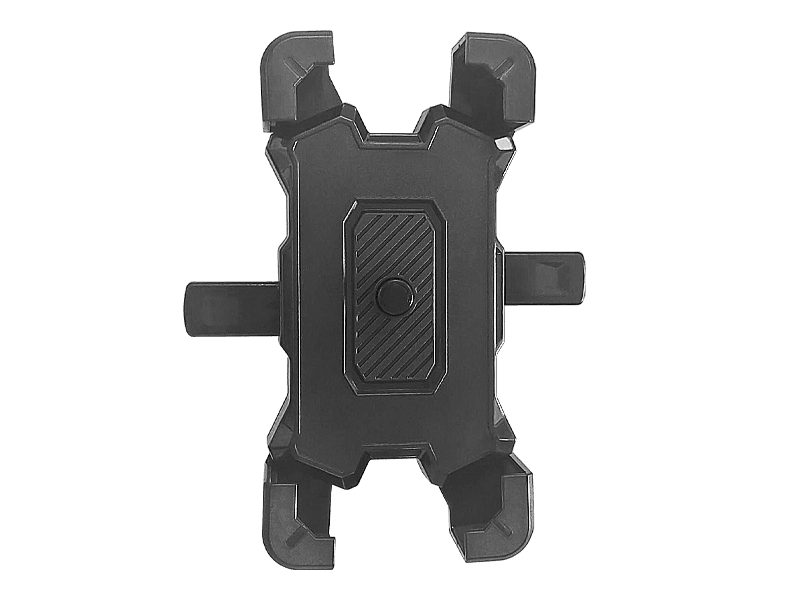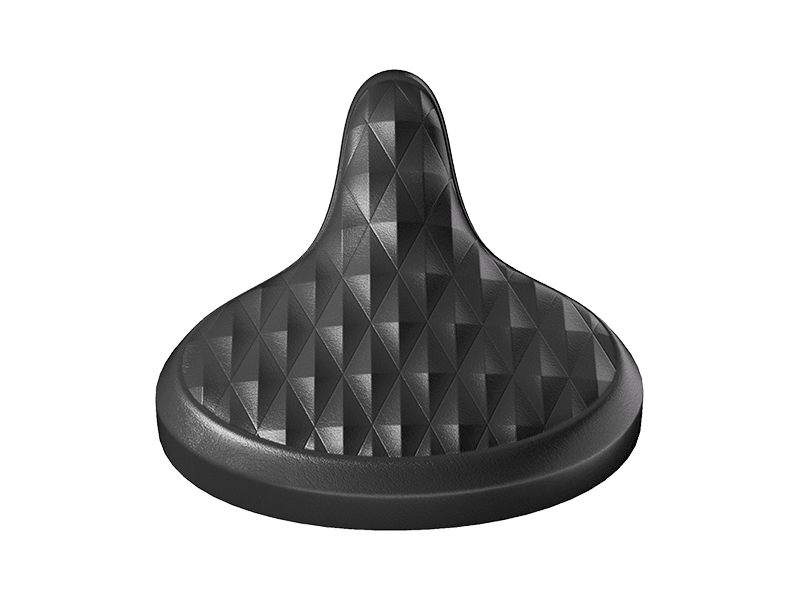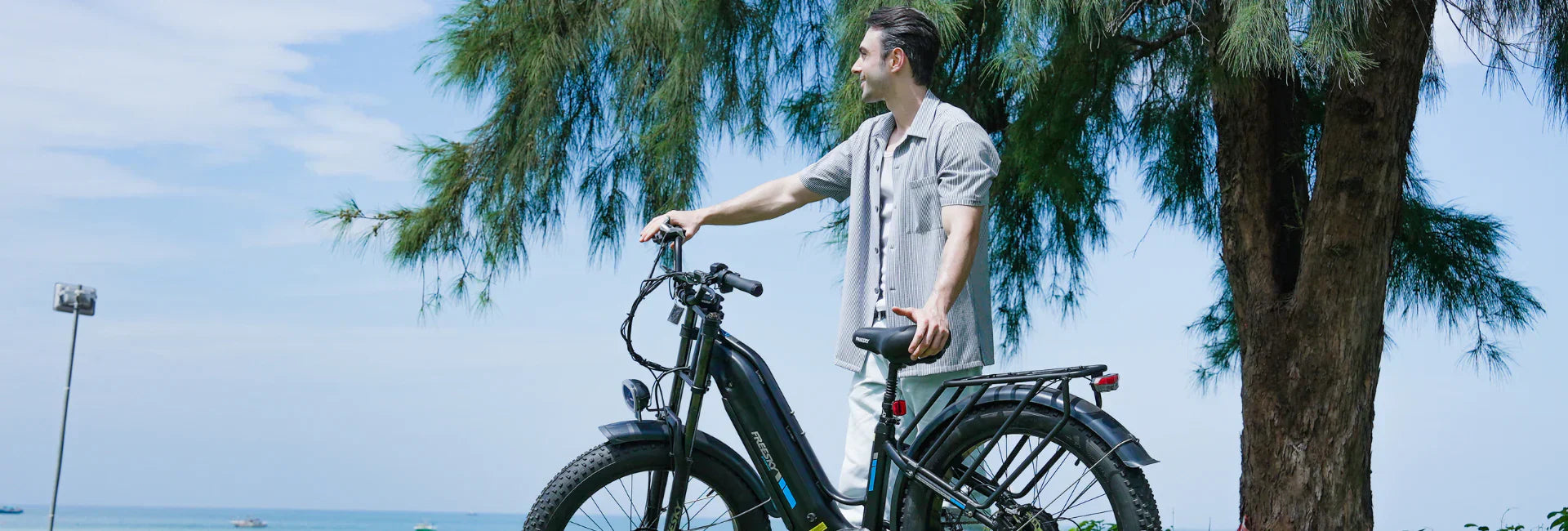5 hurtige måder at holde din elektriske cykelramme stram og sikker på
AUG 01, 2025
Det starter ofte med en lille knirken. Derefter en let vaklen, når du ruller hen over brosten eller ujævne vejbelægninger. Du forestiller dig det ikke – din elcykels stel kan virkelig være ved at blive løs med tiden.
Den gode nyhed er, at det i de fleste tilfælde kan løses med enkle kontroller og justeringer, som du selv kan udføre. Ved at holde dit stel sikkert forbedrer du ikke kun kørekomforten, men sikrer også sikkerheden på hver tur.
Sådan genkender du løs ramme
-
Knirkende lydeMetalliske gnidnings- eller kliklyde ved acceleration, kørsel op ad bakke eller kørsel i sving.
-
Ustabil kørefornemmelseEn blød eller skiftende fornemmelse ved passage af bump eller ujævne overflader.
-
Løse hængsler eller forbindelserMærkeligt slør i foldemekanismer eller rammeled.
-
HjulforskydningHvis for- og baghjulene ikke flugter korrekt, når cyklen løftes, kan stellet være snoet eller deformeret.
Fem kontroller for at holde din ramme solid
1. Styrfitting og frempind
Hvis styret føles ustabilt eller klikker under sving, kan headsettet eller frempinden være løs.
Hvad skal man gøre:
-
Hold forhjulet fast mellem dine ben.
-
Drej styret – hvis de bevæger sig uafhængigt, skal du stramme boltene med en unbrakonøgle.
-
Spænd kun indtil det er sikkert, undgå for meget kraft.
2. Sadelpindklemme
En glidende sadelpind kan skabe bevægelse i den bageste del af stellet.
Hvad skal man gøre:
-
Løsn klemmen, juster saddelhøjden, og spænd derefter igen.
-
Brug en momentnøgle, hvis tilgængelig, til præcis tilspænding.
-
Påfør kulpasta (til kulfiberstolper) eller fedt (til aluminiumsfittings) for at minimere glidning.
3. Kranksæt og krankboks
Knirken under pedalering betyder ofte slør mellem pedalarme eller krankboks.
Hvad skal man gøre:
-
Test hver pedalarm for sidelæns bevægelse.
-
Spænd krumtapboltene med det korrekte værktøj.
-
Hvis krankboksen er løs eller slidt, skal du kontakte et professionelt værksted for service eller udskiftning.
4. Foldbare led (til foldbare elcykler)
Foldehængsler og låse udsættes for konstant belastning. Selv små mellemrum kan forårsage ustabilitet.
Hvad skal man gøre:
-
Fold cyklen helt ud og fastgør den.
-
Kontroller for bevægelse ved hængslet, og spænd boltene efter.
-
Smør hvor det er nødvendigt.
⚠️ Hvis samlingen ikke kan strammes sikkert, skal du kontakte din serviceudbyder, før du kører igen.
5. Bagerste trekant og akselareal
Den bagerste del er afgørende for stabiliteten.
Hvad skal man gøre:
-
Kontroller, at akselmøtrikker eller hurtigkoblingsgreb er spændt korrekt.
-
Undersøg svejsninger for revner eller tegn på spænding.
-
Kontroller, at gearstangen og bremsebeslagene er korrekt fastgjort.
Hvorfor det er vigtigt
En løs ramme er ikke bare ubehagelig. Hvis den ikke håndteres, kan den føre til:
-
Øget slid på komponenter.
-
Steltræthed og revner.
-
I sjældne tilfælde pludselig strukturel svigt.
Din elcykels stel er dens fundament. Regelmæssige kontroller er lige så vigtige som at holde øje med dæk og batteriniveau.
Sådan forhindrer du løs ramme
-
Månedlig inspektionKontroller headset, sadelpind, kranksæt og led.
-
Ekstra pleje efter regn eller rengøringFugt kan fremskynde korrosion og løsning.
-
Brug de rigtige værktøjerInvestér i et sæt unbrakonøgler og en momentnøgle. Professionel service anbefales til regelmæssige kørere.
Bygget til langsigtet stabilitet
Stel af høj kvalitet er designet til at modstå bøjning og vibrationer, hvilket sikrer langvarig pålidelighed. Freesky elcykler er konstrueret med dette princip i tankerne – forstærkede strukturer og præcis fremstilling hjælper med at opretholde stellets integritet, selv under krævende køreforhold.
Afsluttende tanker
En stabil cykeltur starter med en sikker ramme. Ved at udføre disse fem enkle kontroller kan du holde din elcykel sikker, responsiv og behagelig at køre på.
Kør sikkert. Kør med selvtillid.
Ofte stillede spørgsmål: Løs ramme
1. Betyder alle knirkelyde, at stellet er løst?
Ikke altid. Nogle lyde kommer fra sadlen, pedalerne eller bremserne. Men headsettet, kranksættet eller de sammenklappelige led er de første områder, man skal inspicere.
2. Er det sikkert at cykle, hvis stellet føles ustabilt?
Det anbefales ikke. Selv korte ture kan forårsage yderligere skader eller sikkerhedsrisici.
3. Er foldecykler mere påvirket?
Ja. Foldehængsler og låse kræver hyppigere kontrol på grund af deres design.
4. Hvor ofte skal jeg kontrollere stellet?
Det anbefales at bruge én gang om måneden. Oftere, hvis du kører dagligt eller i ujævnt terræn.
5. Hvor stramme skal boltene være?
Stram, men ikke overspændt. Brug af et momentbegrænset værktøj er den sikreste løsning.


